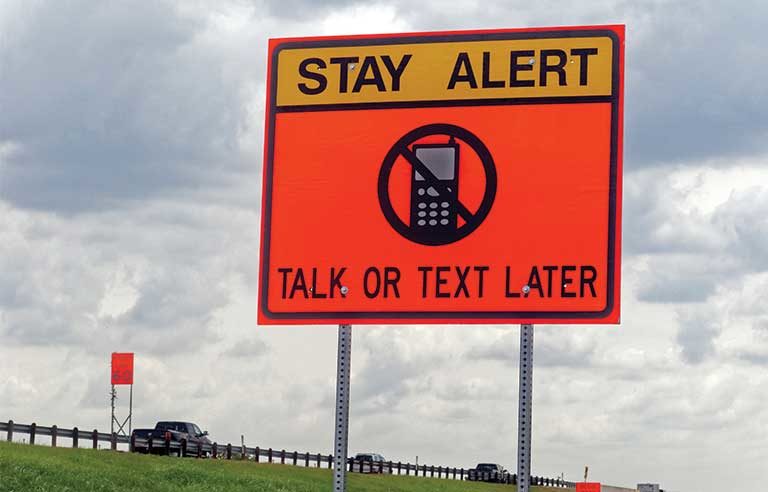Millennials not the only generation driving distracted, survey shows

Boston — Although a recent survey shows millennials outpace Gen Xers and baby boomers in the United States when it comes to using cellphones while driving, one expert says distraction behind the wheel is a notable problem among the older-generation drivers, too.
The survey, commissioned by Liberty Mutual Insurance, asked more than 5,000 adults from Western Europe and more than 3,000 adults from the United States about their driving attitudes and behaviors. Findings show that, among the American respondents, 86% of millennials, 72% of Gen Xers and 49% of baby boomers admit to using their phones while driving.
“The influence of the global tech culture is more evident now than ever before as drivers increasingly feel the need to glance, check or interact with their phone while driving,” Mike Sample, lead driving safety expert and technical consultant at Liberty Mutual, said in the study. “However, using your phone behind the wheel does not get less risky the more you do it. You’re still putting yourself and other drivers on the road at risk of having an accident.”
U.S. millennials’ phone use while driving also outpaced that of their European counterparts, of whom 73% admit to using a phone behind the wheel. Americans in this age group are also more prone to glance at incoming calls or texts (79% vs. 65%), glance at notifications (72% vs. 56%), and send emails or texts (53% vs. 33%).
Results also show that, in the United States, 63% of millennials multitask behind the wheel – eating or applying makeup, for example – compared with 54% of Gen Xers and 37% of baby boomers. Across all ages, 47% of the U.S. respondents engage in dangerous driving habits such as speeding and multitasking, compared with 39% of those from Europe.
Sample offers the following tips to help cultivate safe driving habits:
- Keep your cellphone out of sight and reach while driving. If you need to use your phone, pull over to a safe location and park.
- Plan ahead and leave for your destination 10 minutes early to avoid speeding.
- Drive defensively, leaving one second of following distance for every 10 mph.
“Driving under stress, whether it’s the stress of getting to your destination on time or the need to be ‘always-on’ and reachable for others, has an undeniable impact on your driving,” Sample said. “Even a rolling stop or quick glance away from the road can impair your ability to get from Point A to Point B safely. It’s crucial for drivers to take action to curb this behavior and help make the roadways safer for everyone.”
Post a comment to this article
Safety+Health welcomes comments that promote respectful dialogue. Please stay on topic. Comments that contain personal attacks, profanity or abusive language – or those aggressively promoting products or services – will be removed. We reserve the right to determine which comments violate our comment policy. (Anonymous comments are welcome; merely skip the “name” field in the comment box. An email address is required but will not be included with your comment.)
